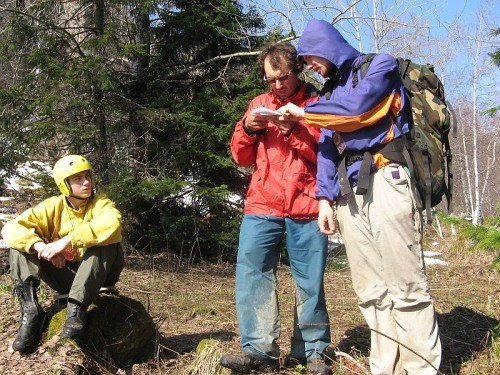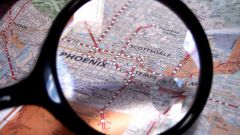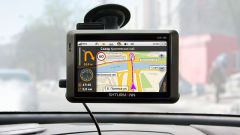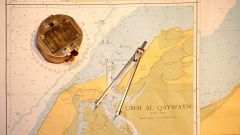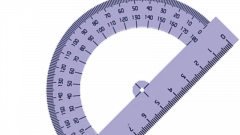You will need
- watch;
- - protractor.
Instruction
1
First you have to determine geographical longitude. This value shows the deviation of the object from the zero Meridian, from 0° to 180°. If desired point East of Greenwich, the value is called East longitude, if West – West longitude. One degree is 1/360 of a full part of the equator.
2
Pay attention to the fact that in one hour the Earth turns 15 degrees of longitude, and the four minutes goes by 1°. Your watch should show accurate local time. To know the geographical longitude, you need to set the time of local noon.
3
Find a straight stick the length of 1-1. 5 meters. Stick it vertically in the ground. As soon as the shadow from the stick will fall from South to North, and the sundial will "show" 12 o'clock, note the time. This is local noon. Translate the received data to Greenwich mean time.
4
From the result subtract 12. This difference in degree measure. This method is not 100% accurate, and longitude of your calculations may differ from the true geographical longitude of your location at 0°- 4°.
5
Remember, if local noon occurred before noon GMT – this is the East longitude, if later, the West. Now you need to set the geographic latitude. This value shows the deviation of the object from the equator into Northern (North latitude) or South (South latitude) direction, from 0° to 90°.
6
Please note that the average length of one degree of latitude is approximately equal 111,12 km To determine the latitude we need to wait for the night. Prepare the protractor and move the bottom part (the base) on the North star.
7
Place the protractor upside down so that zero degrees was opposite the North star. View, on the contrary what degree is the hole in the middle of the protractor. This will be the latitude.
